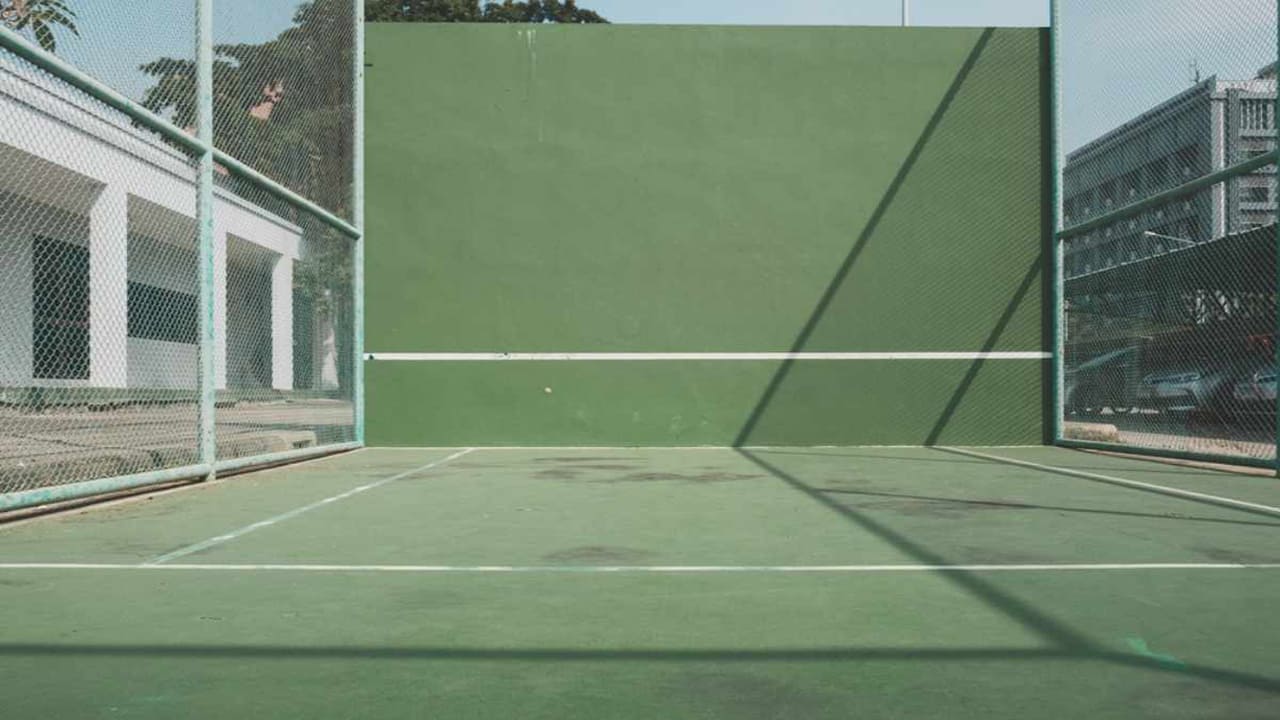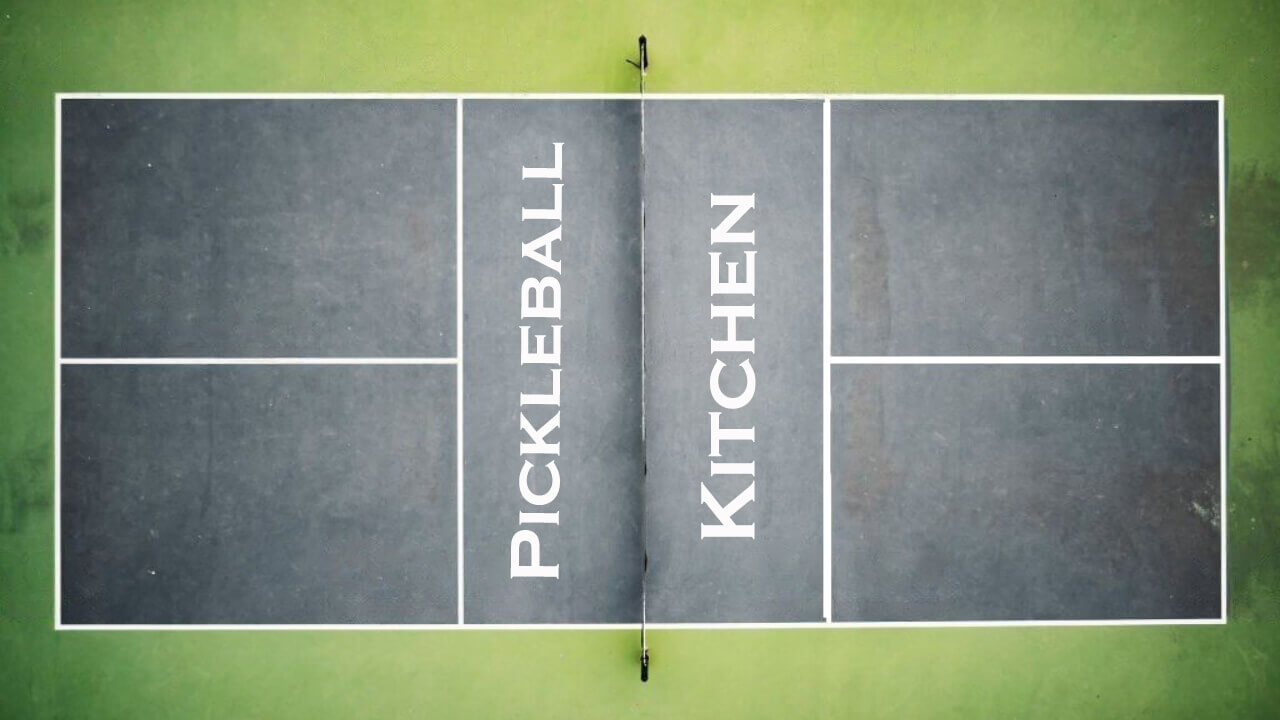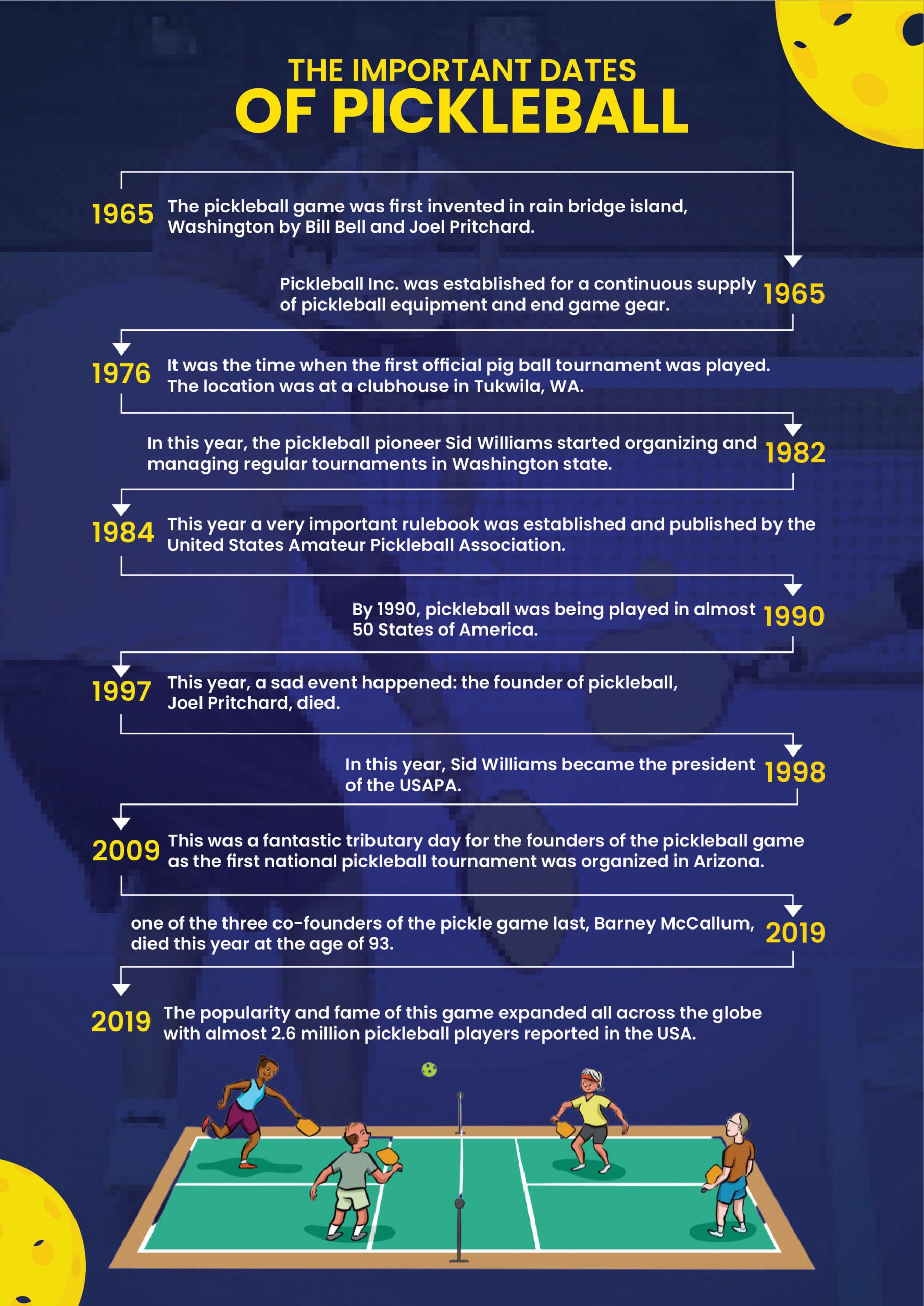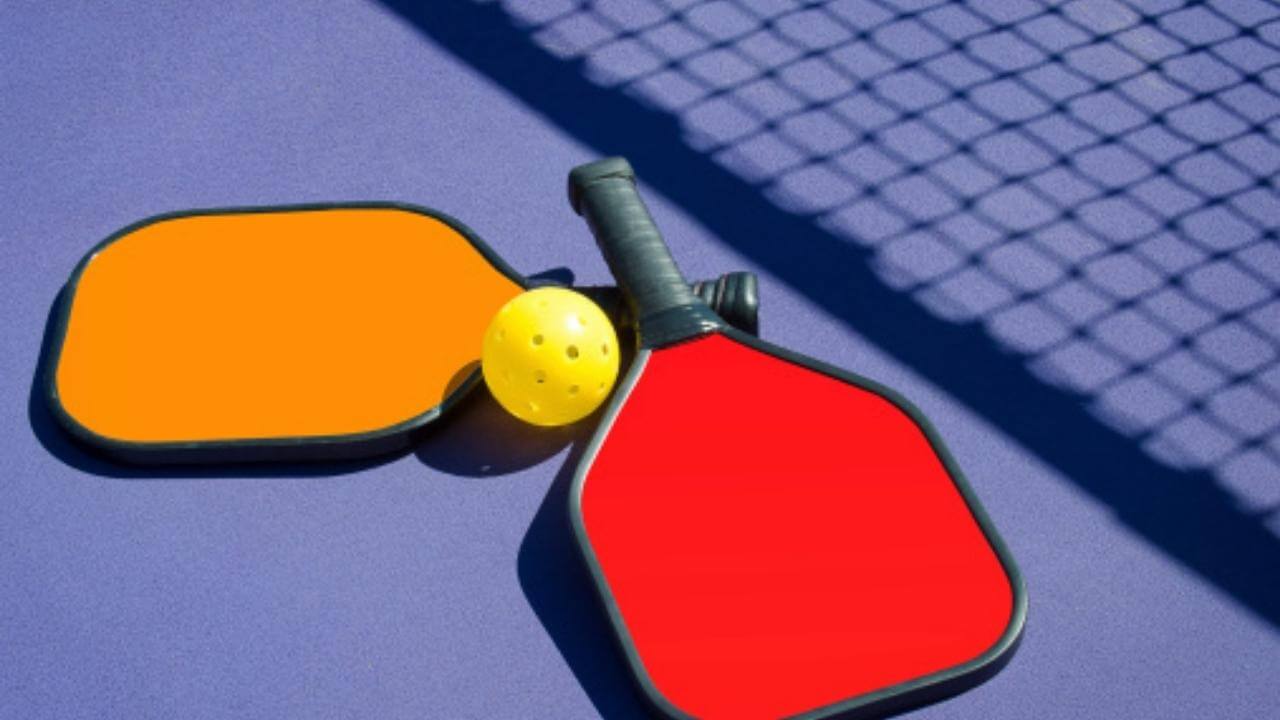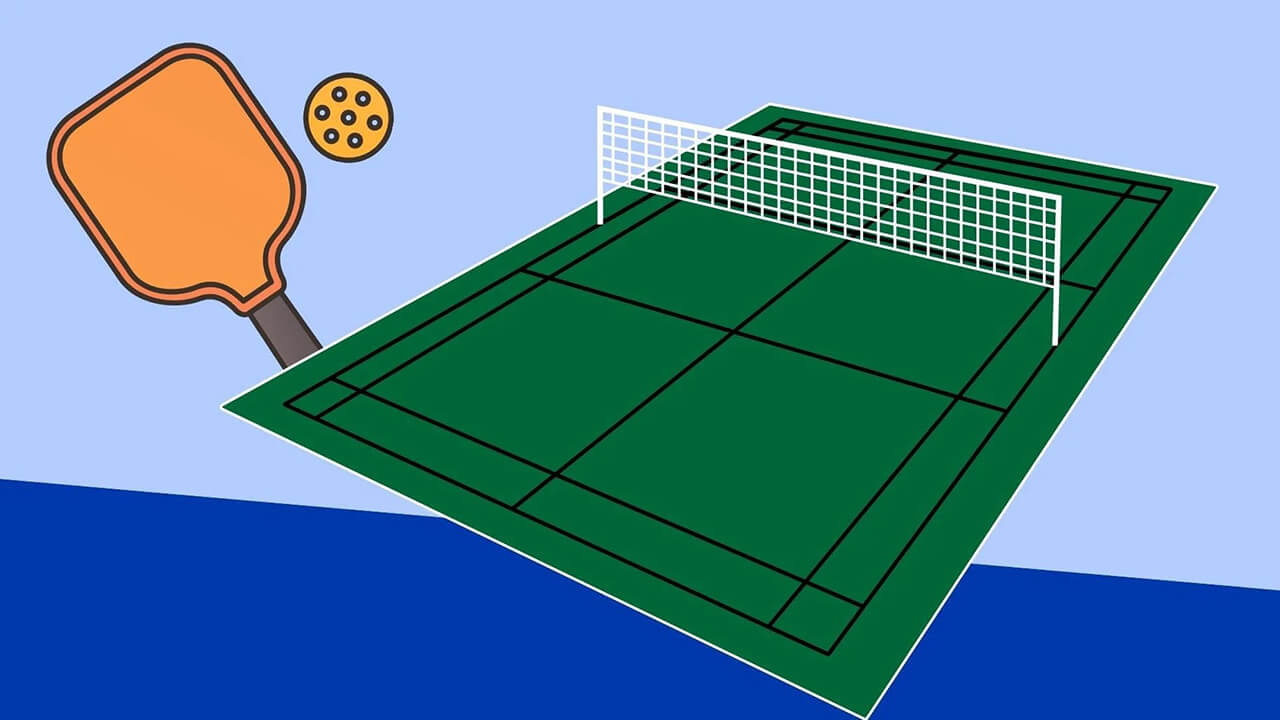What is a fault in Pickleball and how many kinds of faults are there in the game? If you are interested in Pickleball and looking for ways to become better at the game, then it is imperative that you know all the game rules and the faults that might cost you the game. After all, you can only become better at a game if you know how to avoid breaking the rules either intentionally or unintentionally.
You can not understand faults unless you have the rules of the Pickleball game at your fingertips. The most common and recurring faults, namely the serving fault, the foot fault, and the kitchen fault, are discussed below.
What Is A Fault In Pickleball?
Types Of Faults In Pickleball
There are a few sets of rules and regulations that make any game more exciting. These rules set a standard for how a game should be played nationally or internationally. For instance, the rules for football, cricket, and basketball are the same worldwide.
The same goes for Pickleball. The governing body for the game is US Pickleball, which is responsible for setting all the rules and regulations of this game. Any shot or act that negates these rules is called a fault. The most common of these pickleball faults include serving fault, foot fault, and kitchen fault.
1. Pickleball Serving Fault
There are two kinds of service shots in Pickleball: the drop service and the traditional toss service. Each has its own rules, and breaking them would be considered a service fault.
Traditional Toss
In traditional toss, you toss the pickleball ball in the air and then strike it mid-air with the paddle. This service method has three main rules.
- The first rule is that your swing motion must range between low to high. Any deviation from this would be considered a fault.
- The second rule is that the point where your paddle makes contact with the ball must be below your waist. If you accidentally hit the ball above your waist, it would be considered a fault.
- The third rule is that your wrist must be higher than the height of the ball at the point of contact. If your wrist is positioned lower than the ball at the point of contact, then that would be considered a fault.
Drop Service
The drop service involves dropping the ball on the ground. When it bounces back, you must hit it mid-air. The main rule associated with this type of service is that the ball must bounce back after hitting the ground in order for you to hit it.
It means that if you hit the ball before it hits the ground, then that would be considered a fault. The second thing to consider is that the ball must not hit the ground twice. This means that after you drop the ball on the ground, you must hit it with a paddle the first time it bounces back. Otherwise, it would be considered a fault.
2. Pickleball Foot Fault
Foot faults are the most common in pickleball because people simply forget the lines and overstep them very often. This fault is more common among beginners than among advanced players, but even advanced players are not immune to it. There are two further divisions of foot fault namely: the baseline foot fault and the non-volley zone/kitchen fault.
3. Baseline Foot Fault
The baseline foot faults happen when you step on or overstep the baseline while making the serve. You must stand way back from the baseline while making the serve, however, once the serving shot is made successfully, you may cross the baseline and enter the field.
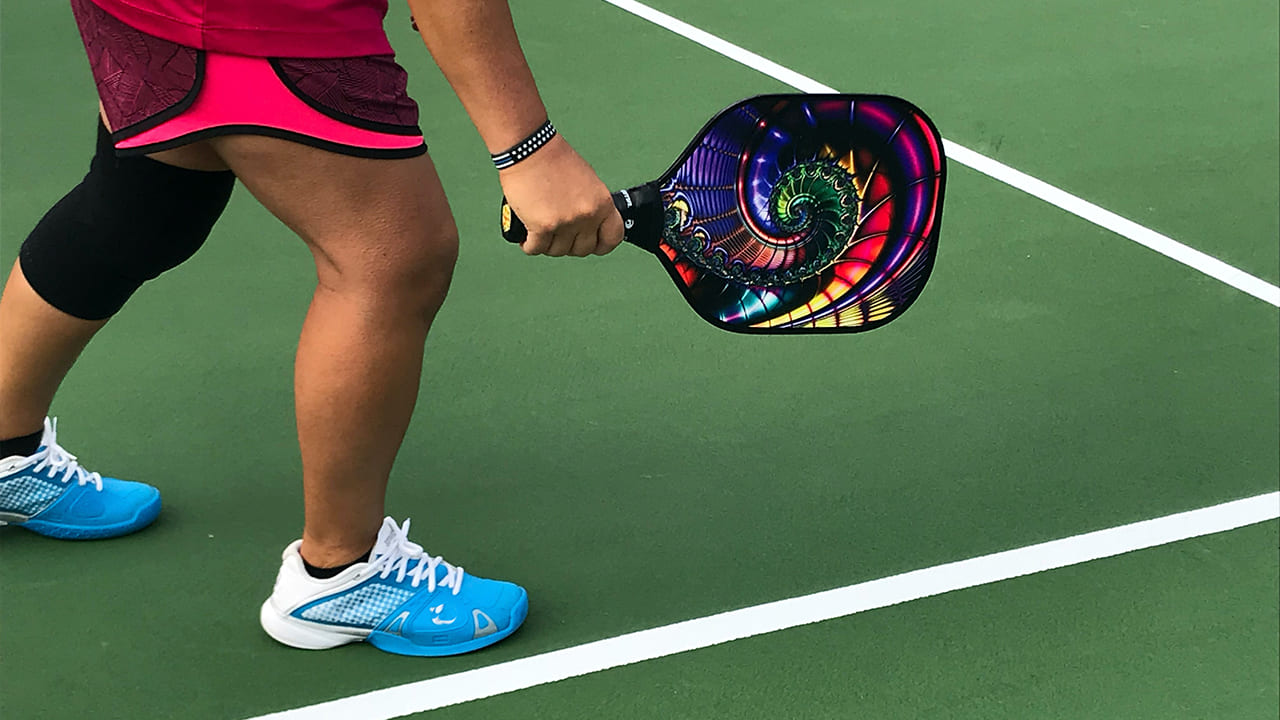
This fault is much easier to detect since other players are standing still and closely observing the player while he/she makes the serve. With so much attention to every move of the player, this fault is much easier, quickly, and frequently detected.
4. Non-Volley Zone/Kitchen Fault
The non-volley zone fault is the one that goes undetected most often unless there’s a person dedicated to closely observing each player’s movements during gameplay. The fault happens when one of the players steps on or oversteps the non-volley zone.
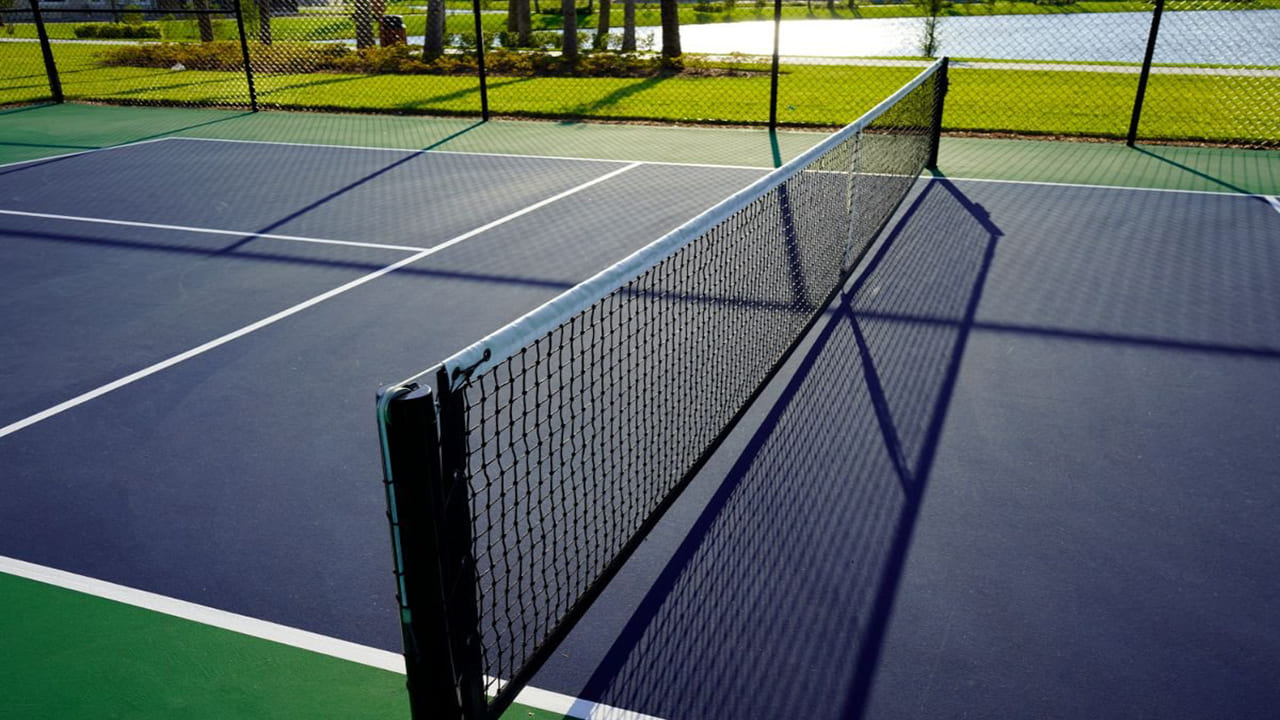
You must stay within the bounds of the court staying within the lines and keeping your foot movement in check. A slight misstep would cost you the game. However, the best thing about this fault is that most of the time it goes undetected.
5. Other General Serving Faults
A few faults are common to both serving styles. This means that no matter which service you make, these rules apply to you the same way.
- The first rule is that you must be standing inside the bounds of the court. The lines of the court are there for a reason, and you must stand within these lines while making a service shot.
- The second rule is that you must not stand on your partner’s side of the court because doing so would also be considered a fault.
6. Other Common Pickleball Faults
1. Forgetting About The Two Bounce Rule
It is common practice amongst Pickleball beginners to forget about the two-bounce rule when hitting the third shot. You can not use the third shot as a volley because that would be considered a fault. In fact, the main rule of the third shot is that you must let the ball bounce on the ground at least twice before taking the third shot.
It means that if the first person makes the swing, it would be considered the first shot. Then the next person takes a shot and the ball lands back on your side of the ground, that would be considered the second shot. Now, that the ball has bounced on the ground twice, you may take the initiative to take the third shot.
It is indeed an excellent shot to tip the scale of the game on the even ground and get both sides of the players on a level playing field. Otherwise, the side making you the swing would be at a loss since both the partners would be standing too far away from the net.
However, this shot could easily cost you the game if you don’t take it properly and keep the two bounce rules in mind. Otherwise, it would be a fault.
2. Hitting Out Balls
There is another general rule of the Pickleball game: If the ball is at the same height or above your shoulder, you’d better not take the shot since it would most definitely land outside the court. This rule applies especially if the ball passing over your shoulder is flying higher still.
However, there are a few instances when this rule does not apply, and you might end up missing the shot altogether. The most common occurrence is when you are standing too close to the net. At this point, the chances of a ball flying over your shoulder and landing squarely in the court are very high.
So, your positioning on the court is very important in determining whether you should let the ball go over your shoulder or take the shot anyway. Another very important element in determining whether you should let the ball fly over your shoulder is the wind. For outdoor pickleball matches, wind plays a very important role in the game.
This is because wind is a resisting force and slows down the speed of the ball. So, if you are playing along the wind, the speed of the ball will be faster than normal, and if you are playing against the wind, the speed of the ball will be slower than usual.
Some Kitchen Fault Misconceptions
There are a few things that you must keep in mind when it comes to the kitchen foot fault in pickleball. People often confuse these rules and don’t consider them to be their fault, but that is very wrong and totally against the rules of pickleball. So, in order to keep you from playing the game the wrong way, let me clear out a few common misconceptions relating to the kitchen fault.
1. Rule Relating To The Accessories
When you are playing pickleball, you must consider all the accessories on your person as an extension of your body. It means that everything you wear and hold while playing the game would be considered a part of your body, and hence, the rules apply to them all as well.
So, if your paddle or any other accessory touches the non-volley zone, it would be considered a fault. You can not complain that it was just your paddle and not you. It doesn’t matter whether it was just a corner of your paddle or the shoe. If it touches the no-go area, you are out!
2. Bounce In The Non-volley Zone
Another misconception amongst pickleball players is that you can not take a shot unless the ball bounces in the non-volley area at least once. This is not true at all. In fact, you may take a shot no matter which part of the court the ball bounces.
However, you must let the ball bounce in any area of the court at least once before taking the shot. If you do not let the ball bounce in your half of the court and hit the ball before it hits the ground, that would be considered a fault.
3. Rescue Mission
If it happens that you are about to enter into the no-go area and your partner sees that in time and physically holds you back from vomiting the fault, then that is absolutely allowed. Most people think that it is cheating and consider it a fault; however, the reality is quite the opposite. Your partner is allowed to physically restrain you from overstepping the lines.
Frequently Asked Questions
Can Your Partner Hold You Back From Overstepping The Non-Volley Zone?
Yes, your partner has the right to physically hold you back from overstepping the non-volley zone. Many people think it is a fault, but that is not true at all. In fact, it would be an initiative to refrain from committing a fault in the first place.
Is It A Fault If My Paddle Touches The Non-Volley Area?
In pickleball, your accessories are considered an extension of your body. So, whatever accessory you are wearing or holding must stay within the bounds of the court. If any accessory, such as the paddle, touches the bounds of the court, that would be considered a fault.
How Many Faults In Pickleball?
In pickleball, when a player violates the rules, it is considered a fault. Out-of-bounds, Foot Faults, Double Bounce Rule Violations, non-volley zone Violations, Server out-of-turn Faults, and Baseline Foot Faults are the most common faults in pickleball.
Conclusion
It is safe to say that the US pickleball body sets out many different rules to standardize this game worldwide. Any deviation from these rules is considered a fault and could cost you your game. So, if you want to be the best in the Pickleball game, you must know all the rules and regulations so that you can understand each one thoroughly and avoid faults.
Other Related Posts:
- Rally Scoring In Pickleball
- Pickleball Dinking Strategy
- Pickleball Court Cost
- Pickleball Lob Shot
- Pickleball Practice Wall For Drills

I, Jeena Noven, am a renowned pickleball expert and author with over 10 years of experience playing and coaching the sport. My passion and extensive knowledge of pickleball has made me a leading authority in the game, particularly in the field of footwear. I have written countless articles for https://pickleballcard.com/, a website dedicated to pickleball, sharing my insights and expertise on the best shoes for the sport. Through personal testing and reviewing countless different brands and styles, I have developed a deep understanding of the technical aspects of shoe design that make them suitable for the demands of pickleball. In my articles, I provide valuable information for both beginner and advanced players, covering everything from the basics of shoe fit and support, to advanced tips for maximizing performance on the court. As a dedicated pickleball player and expert in footwear, I am a valuable resource for players of all levels. My articles are not only informative but also engaging, making them a must-read for anyone looking to improve their pickleball game. I am constantly researching new products and trends in the industry and my readers can always count on me to provide the most up-to-date and accurate information on the best pickleball shoes available.
